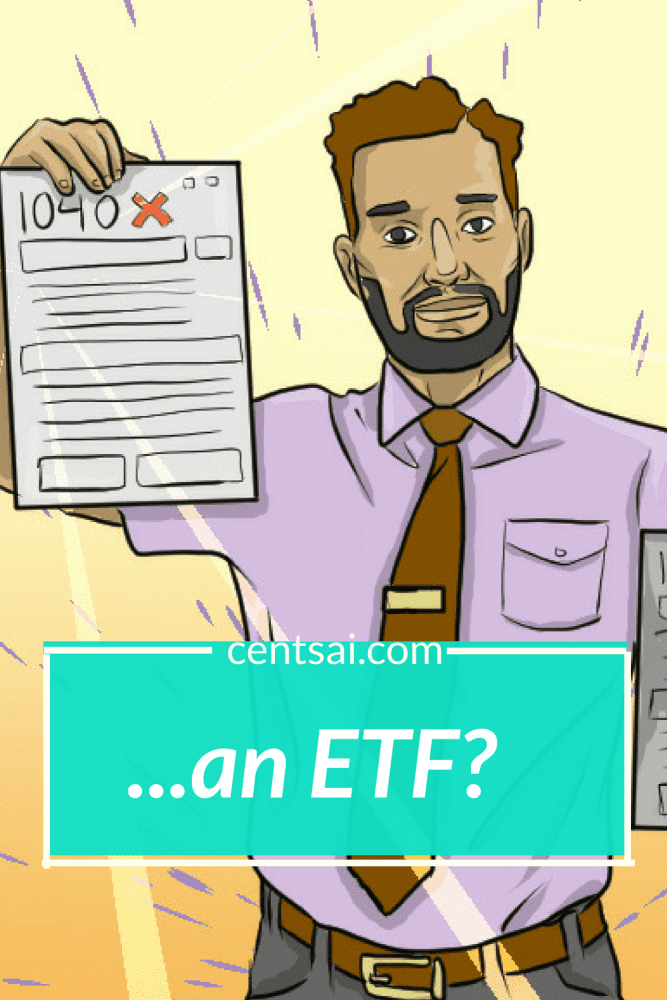ETFs — short for exchange-traded funds — are the hottest thing in the investment world today. Young investors are gobbling them up more than any other age group as they save for retirement, rainy-day funds, and maybe even their dreams of becoming rich.
You’ll find ETFs especially useful if you’re earning a paycheck and have a little money left over to start building some savings for today and a little wealth for tomorrow.
Those brilliant millionaires who rolled out the first exchange-traded fund in 1993 — a year in which more than 4 million millennials were born — must have had the millennial investor in mind. Why? Because ETFs are the cheapest, easiest, and some would say safest way for novice investors to hitch a ride on the financial markets around the world.
Exchange-Traded Funds for Dummies: How They Work
Imagine a shopping cart loaded with today’s most popular beers. An ETF works kind of the same away.
It’s like a basket of investments that holds millions of shares of, say, the world’s favorite companies.
The hope is that they will prosper and spread that love in the form of rising share prices and cash bonuses called dividends.
When the shares held in the ETF increase, the value (or price) of the ETF as a whole will rise, as well. The ETF’s value is based on the average price of each share it holds. That average represents what is called an “index.”
Many ETFs anchor their values to major stock indices. The most popular is the Standard & Poor’s 500 index, which consists of — you guessed it — 500 of the U.S.’s biggest companies.
What Do ETFs Invest In?
There are thousands of ETFs suited for all tastes. Some are made up of stocks, bonds, currencies, and commodities like gold. In fact, there are ETFs that buy gold bars by the truckload and store them in warehouses, praying that prices will rise.
ETFs can get real niche-y, too. You can buy ETFs that invest in countries and regions and individual cities around the world.
You can invest in ETFs that hold shares of companies making drones, video games, booze, and wind farms, just to name a few options.
Or how about an ETF made up of firms battling obesity? That’s just the tip of the iceberg. Many have cool, futuristic titles to help them stand out to investors. Check out this name for an ETF that targets millennials by buying shares of companies catering to America’s largest demographic group: Global X Millennial Thematic ETF.
The Benefits of ETFs
One of the biggest benefits of ETFs? Their cost. Many of them charge 0.5 percent a year or less in expenses to be in the fund. That’s $5 a year on a $1,000 investment!
Like individual stocks, you can buy or sell an ETF throughout the trading day, which typically begins at 9:30 a.m. and ends at 4 p.m. New York time. That can be very helpful if things start going south and you need to get out in a hurry.
What Disadvantages Do ETFs Have?
The biggest downside to an ETF is the commission you have to pay a broker each time you buy into one. Some charge about $5, which can add up and eat into ETFs’ low-cost advantage over time.
Take, for example, the small-time investor who opens a brokerage account online. She stashes $50 a month in her favorite ETF over 12 months. Within a year, she’ll have invested $600 in the ETF, but have paid $60 in commissions to the broker. That’s a whopping 10 percent of her investment. And she’ll get whacked again if she sells!
However, if you have a retirement account through your employer, don’t sweat those trading commissions. In this situation, buying into an ETF is free.
A Cautionary Tale From the Burn Unit
Another word for the wise: Some ETFs sound too cool to resist, luring many investors into buying the hottest sectors when prices are high, only to find themselves losing money when “the bet” burns out.
Yours truly made the same mistake about 10 years ago. I took $4,500 and purchased shares in an ETF that tracked solar-industry firms. Solar’s flying high, I thought. It’s the future! It tanked badly during the financial crisis of 2008–’09 and never recovered. My investment is worth a pathetic $395 today.
Check out Part Two of “What is an ETF?”





